Since we arrived in Quito, the Cotopaxi volcano has fascinated me. I couldn’t exactly tell you why. With its almost perfect snow-covered cone, it’s truly the prototype of the volcano as one might imagine it! Or perhaps it’s the fact that it’s one of the world’s highest active volcanoes at 5897 meters! Anyway, as soon as I saw it, I fell in love and thought that the view from the top of this giant of South America must be incredible. Well, I have to attempt the ascent! And since we were going to stay in Quito for 2 months to learn Spanish, and the volcano is located 60 km south of the capital in Cotopaxi National Park, the opportunity was just too perfect. So, to succeed in your visit to the national park and the ascent of Cotopaxi, here’s our guide with all our tips!
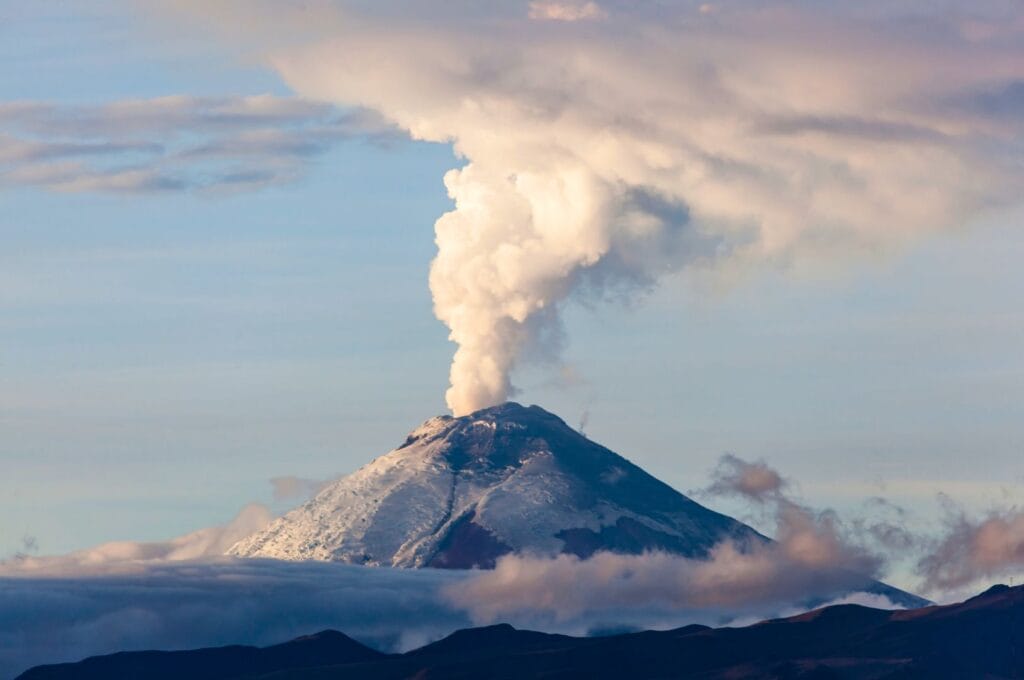
- Introduction to Cotopaxi National Park
- How to get to Cotopaxi National Park
- Where to stay in Cotopaxi National Park
- Hikes and Treks in Cotopaxi National Park
- Do you need a guide to climb Cotopaxi?
- Day 1 of the trek: departure from Quito and entry into the park
- Day 2 of the trek: nocturnal ascent of Cotopaxi volcano
- Tips for climbing Cotopaxi
Benoit completed this trek in 2014, but the article has been completely revised and updated in October 2023. If you see any price changes or have additional information that might be relevant, please feel free to leave us a comment!
Introduction to Cotopaxi National Park
Cotopaxi National Park is located in the Andes mountain range, less than 100 km south of Quito. It includes the famous eponymous volcano and many other natural sites worth a visit. The section between Quito and Cuenca to the south is even called the “Avenue of the Volcanoes”! Don’t miss this essential step during your trip to Ecuador. Not only will you see one of the country’s iconic volcanoes, but you’ll also discover unique fauna (pumas, llamas, Andean foxes) and flora within the park.
A quick look at Cotopaxi: in addition to being an explosive stratovolcano with perfect shapes (it seduced me, you could say 😉), it is the second highest mountain in Ecuador at 5897 meters, after Chimborazo (6310 meters). Its summit is constantly snow-covered above 5000 meters, forming a glacier at this altitude. Although the volcano is active, its last major eruption was in 2015 (after 138 years of dormancy!) with the latest signs in July 2023. Before you visit the park, check Cotopaxi’s recent activity and ask the locals if the trail from the refuge to the summit is open.
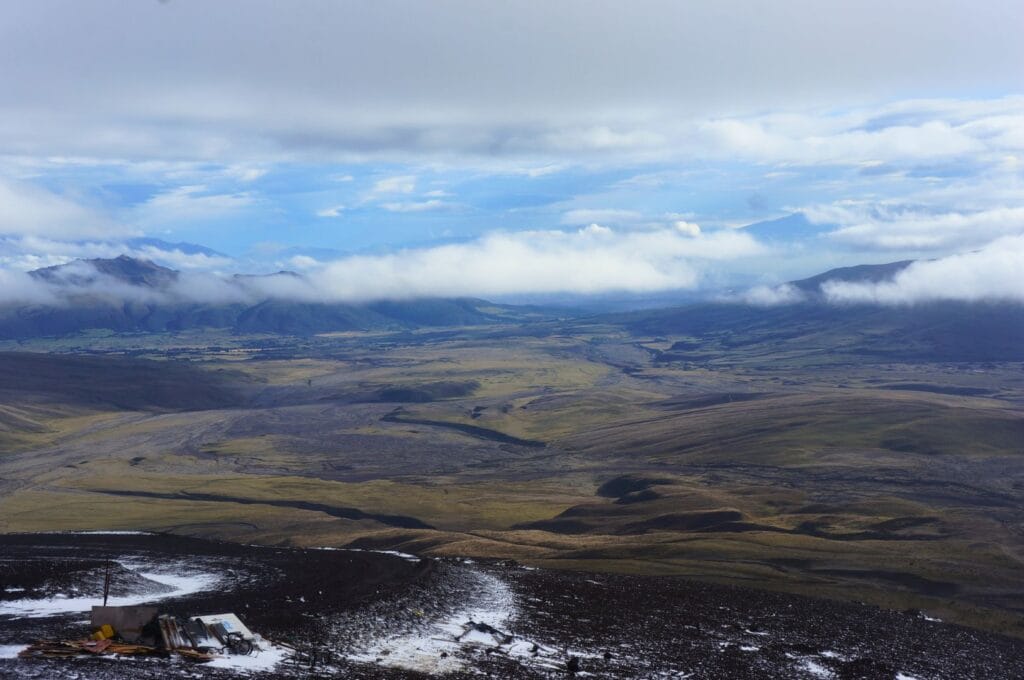
How to get to Cotopaxi National Park
Getting to Cotopaxi from Quito is not very complicated. Either you go on your own, take one of the 1 or 2-day tours that will introduce you to the national park, or use an agency for the ascent.
If you decide to go on your own, go to the Quitumbe terminal south of Quito and take one of the many buses to Latacunga, the last city before the volcano (about $2/person). Clearly state that you’re going to Cotopaxi National Park, and the driver will drop you off at Chasqui, the west entrance of the park. Once there, jeeps will take you to the foot of Cotopaxi for about ten dollars (don’t hesitate to form a group; it will be cheaper!). Hitchhiking works quite well, especially on weekends. Note that you can visit Cotopaxi National Park in a day from Quito or stay for several days, choosing to sleep in either Latacunga or near the national park.
For other options, we’ll explain everything just below, whether you want to take a walk in the park or attempt the ascent!
Where to stay in Cotopaxi National Park
Here are the addresses we recommend for your stay in Cotopaxi National Park and Latacunga if you want to enjoy the surroundings of the volcano for several days.
Hotels in Latacunga and Chasqui
- hostal café Tiana: an excellent base before embarking on the Quilotoa loop or climbing Cotopaxi! It’s a meeting place for many backpackers, so it’s a good place to exchange information. The cherry on the cake, prices are affordable!
- Cloud forest Family house: this hostel offers dorms and double rooms at low prices with breakfast included.
- Rondador Cotopaxi: located at the park’s entrance, this hotel restaurant has an excellent quality/price ratio. In the garden, you’ll meet the property’s llamas! Moreover, they offer bike and car rentals.
Hotels in Cotopaxi Park
- Secret Garden Cotopaxi: An institution for backpackers to be as close to Coto as possible. In addition to offering activities in the park, the establishment offers all kinds of accommodations: from dormitories to treehouse cabins to Hobbit houses. Meals are included in the room price.
- hosteria Tambopaxi Lodge: looking for the hotel with the best view of Cotopaxi? Look no further! Tambopaxi Lodge is one of the few establishments located in the park. It offers a magnificent view of the giant for a charming stay near Laguna de Limpiopungo.
- José Ribas refuge: impossible to mention Cotopaxi without its refuge built at 4850 m! It’s basic, but you’ll be in the front row to witness the sunrise from the heights. Expect around $20-30 per dorm bed. To book, it’s best to call them directly at +593987908704.
Hikes and Treks in Cotopaxi National Park
The map of the park’s hikes
First of all, here’s a map with the trails of the national park. As they are not all marked, we recommend downloading the track here. Here’s the legend:
- Laguna de Limpiopungo is in blue;
- Cerro Rumiñahui is in green;
- Morurco Mountain is in yellow;
- Cotopaxi is in red.
Laguna de Limpiopungo
This is undoubtedly the most easily accessible trail to enjoy the view of Cotopaxi. If the sky is clear, you’ll have a beautiful reflection of Coto on the lagoon! The path is flat and goes around the basin for a little over 3 km. One-day tours combine the visit to Laguna de Limpiopungo with the trek to Refuge José Rivas on Cotopaxi, and others add Quilotoa Lagoon to the program.
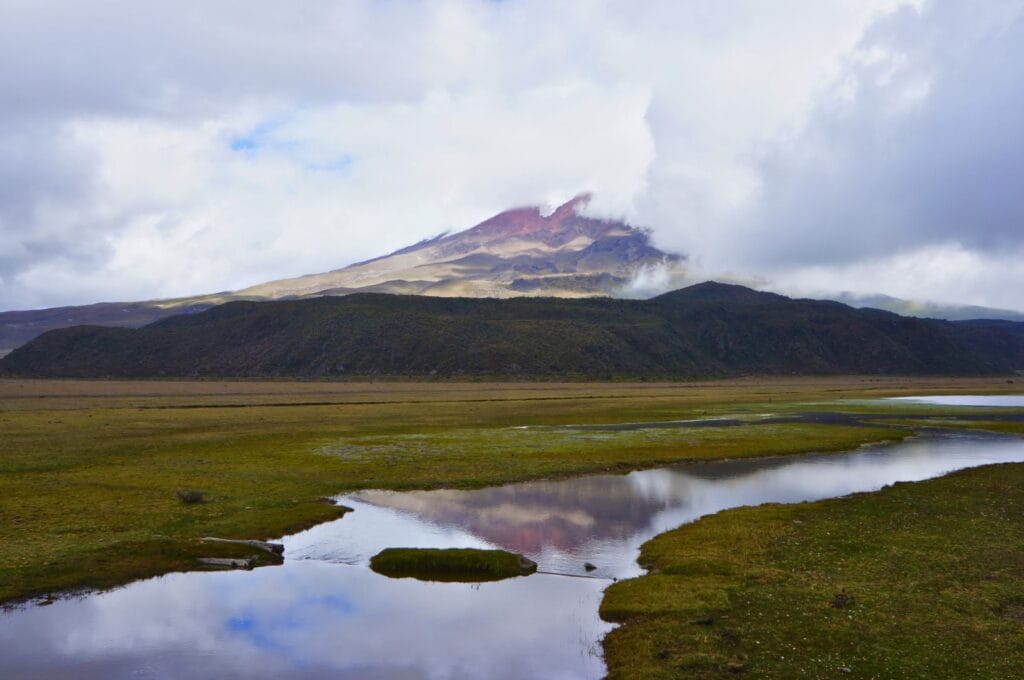
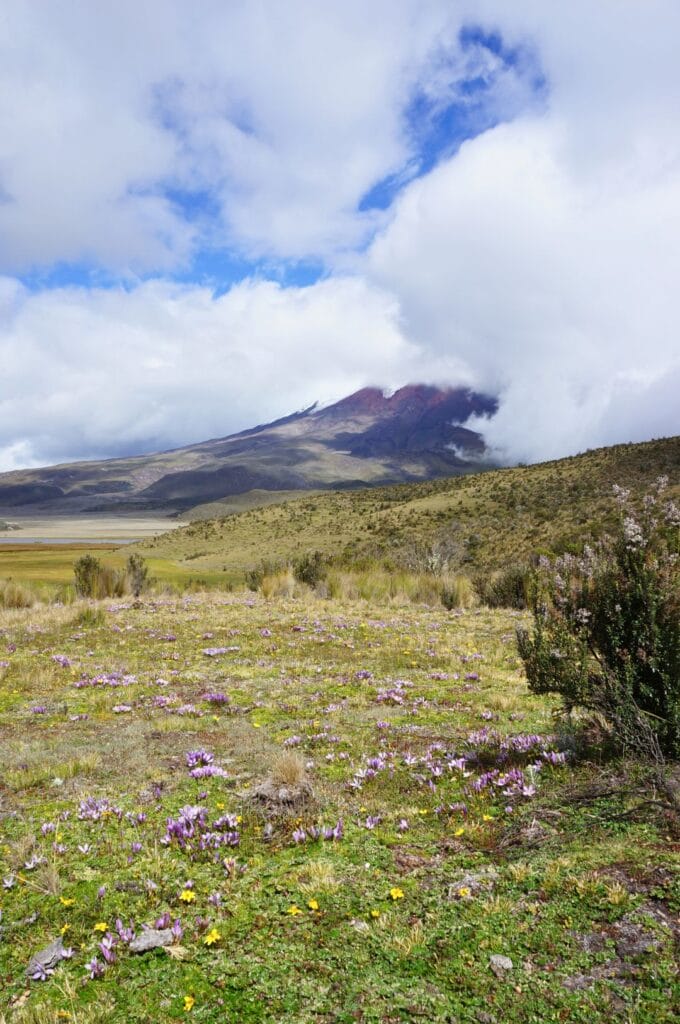
Cerro Rumiñahui
Less demanding than Cotopaxi, Rumiñahui can be good training to acclimatize to high-altitude hiking before tackling Coto. You will reach the central summit from which you will have a breathtaking view of Cotopaxi, Sincholagua and Antisana! The last part of the trek is rather intense and almost resembles rock climbing. You can do it independently, but if you are not comfortable with this type of terrain, hire a local guide.
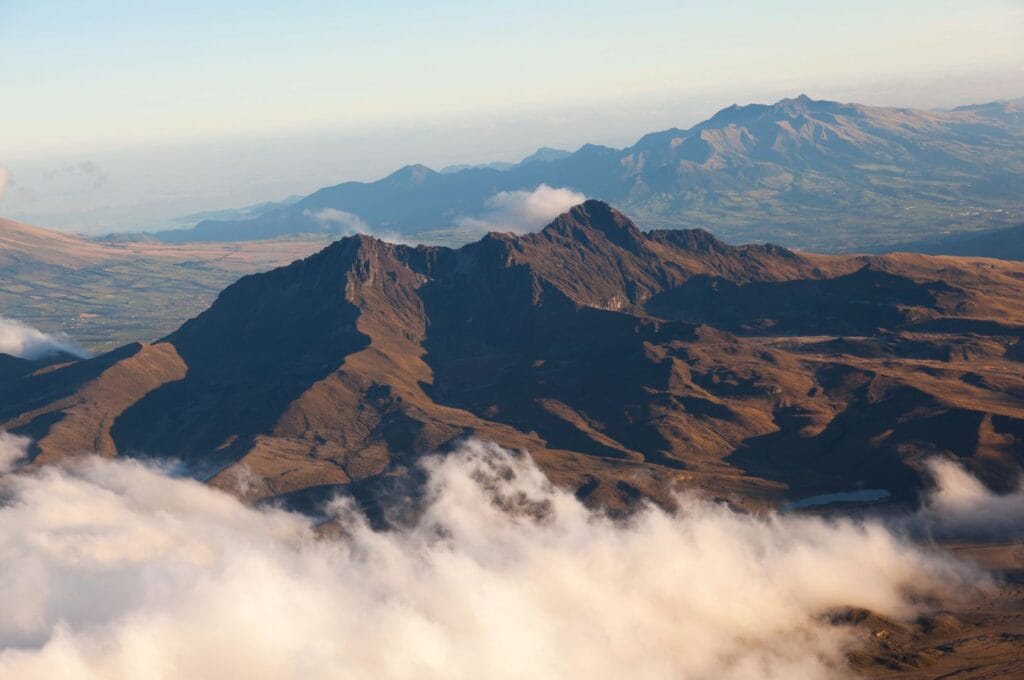
Morurco summit
A trek to the Morurco summit is an alternative to the ascent of Cotopaxi. If you want to enjoy a sunrise directly over Cotopaxi, this is the trek for you! Sleep at the Montaña Cotopaxi Cara Sur refuge and climb Morurco at night, with or without a guide. If you do it independently, the GPS track is essential given that part of the trail is not marked at all.
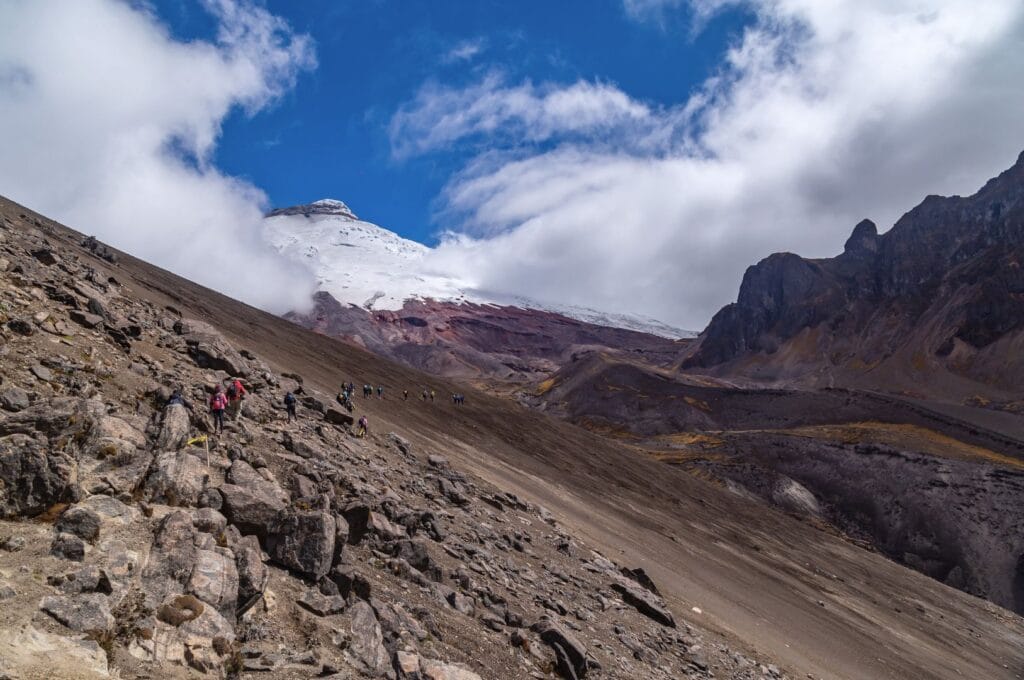
Cotopaxi volcano
To witness this volcanic giant, you have several options depending on your preferences and physical condition. Whatever your choice of hiking or trekking, we bet you’ll keep an unforgettable memory of Cotopaxi!
One-day trek to the Cotopaxi refuge or glacier
One of the most common hikes is from the parking lot to the José Rivas refuge on the slopes of Cotopaxi, at an altitude of 4850 meters. Don’t hesitate to stop there for a hot chocolate on the way back! Afterward, you can reach the edge of the glacier covering the summit of Cotopaxi. You can do this hike independently without any problems or take a guide to get more information about the park and this region of Ecuador. Most tours from Quito combine this trek with the Laguna de Limpiopungo. Fancy a horseback ride at the gates of the national park from Quito? Discover the Chagra culture from the height of your steed! (Note that tours to the glacier also depart from Baños if you prefer not to go through Quito.)
Climbing the Cotopaxi Volcano
The advantage of Cotopaxi is that the ascent does not pose major technical difficulties. You will walk roped on the glacier with crampons and an ice axe up to the summit. One or two crevasses need to be crossed with an aluminum ladder, but no technical sections are on the agenda. However, altitude obviously poses a significant challenge for many people. Moreover, weather conditions are extremely changeable near the volcano, making the ascent uncertain. But well, that’s the mountain!
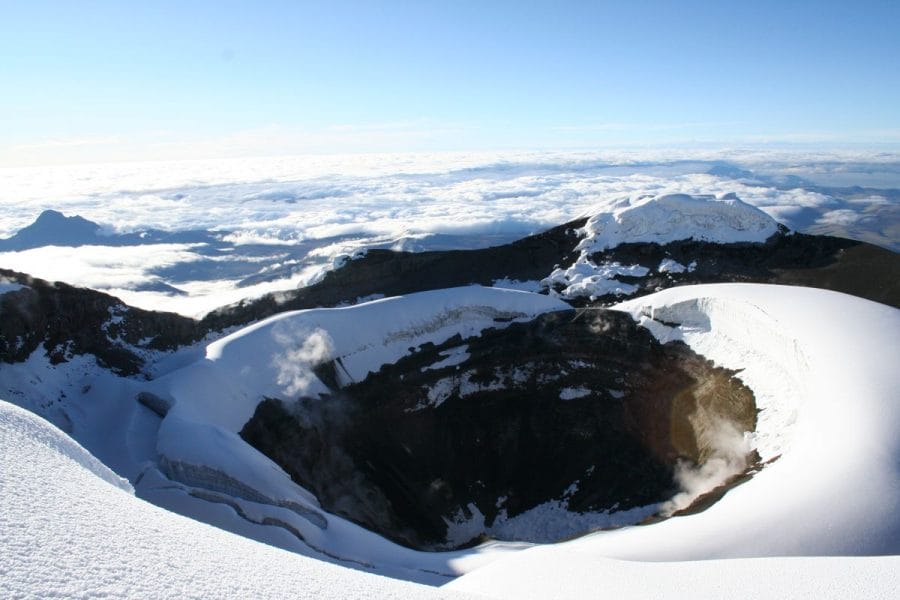
The Cotopaxi summit hike is popular in Ecuador during the high season, between June and August. About a hundred people attempt to climb it every weekend. Generally, people sleep at the refuge located at 4800 meters and climb the remaining 1000 meters during the night in 6-7 hours if all goes well. But although the ascent is not technical, it’s better not to underestimate it! Indeed, the slopes are very steep, and there are few places to rest sheltered from the wind. So, between the altitude, the weather, and the difficulty, our guides told us that the success rate is between 30 and 40%.
Depending on your starting point, Latacunga or Quito, you will do the ascent in 1 or 2 days, respectively. If I were to do it again, I would get closer by going to Latacunga or Chasqui rather than leaving from the Ecuadorian capital. The advantage is that you can decide based on the weather until the last moment, as it is possible to organize the outing in the afternoon for the same night. And since you only have to pay the guides, it will cost you around $150 per person from Latacunga, instead of $250-300 per person for 2 days from Quito for a group tour (2-6 people), including equipment and food.
This article contains affiliate links to partner sites. When you use our links to book accommodation, a car, or an activity, you don’t pay anything extra, but we get a small commission. This helps us to offer you free, independent, and ad-free content. Thank you for your support!
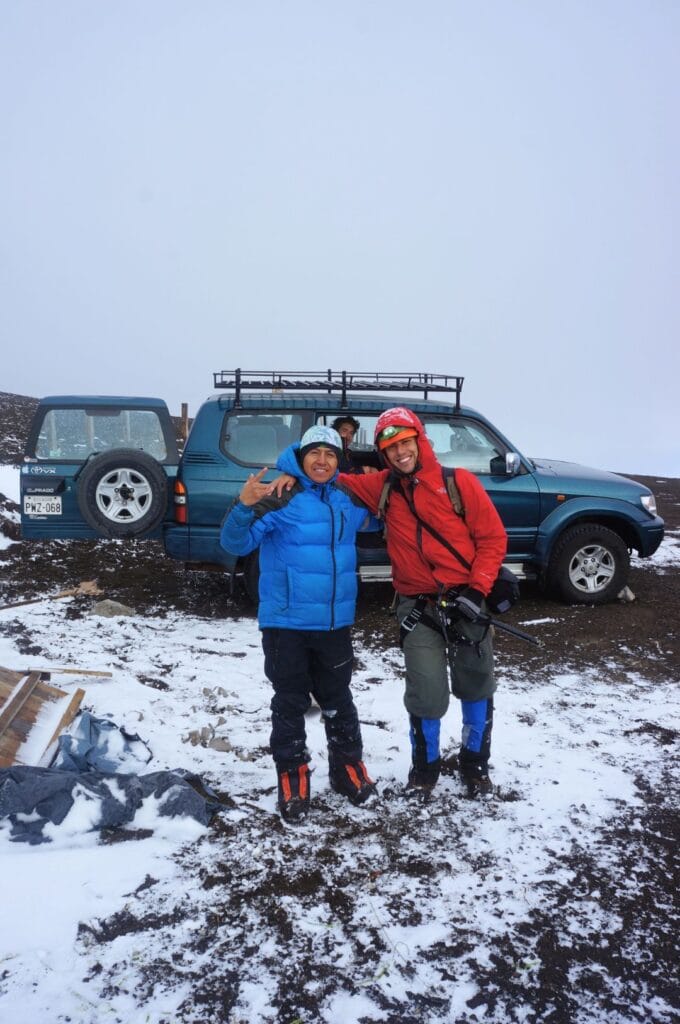
Do you need a guide to climb Cotopaxi?
Experienced guides are not mandatory to reach the Cotopaxi glacier. However, for obvious safety reasons (and common sense!), a guide is essential if you want to traverse the glacier and reach the summit of Cotopaxi.
You will find many agencies offering a package to take you to the top of the volcano, whether you are in Baños, Quito, or Latacunga. Feel free to ask your hotel; they will make the reservation for you. Count around $250-300 per person, and the price decreases if you form a group.
Day 1 of the trek: departure from Quito and entry into the park
Final checks in Quito
The meeting is set for 9 a.m. at the agency in Quito to try out the equipment. Everything is included in the package: high mountain shoes, crampons, ice axe, waterproof clothing, helmet… It’s also an opportunity to meet our two guides and my two fellow expedition companions, a 20-year-old Dane and a 23-year-old Belgian. The connection is immediate, which is always better to support each other in difficult moments.
Once the equipment is checked and loaded, we take a 4×4 to Cotopaxi National Park. (As the refuge was closed for renovation at the time, we stopped at the park entrance at a small hotel where we spent the night.) After dropping off our belongings and having a snack, our guides gave us some explanations about using our equipment and some safety instructions.
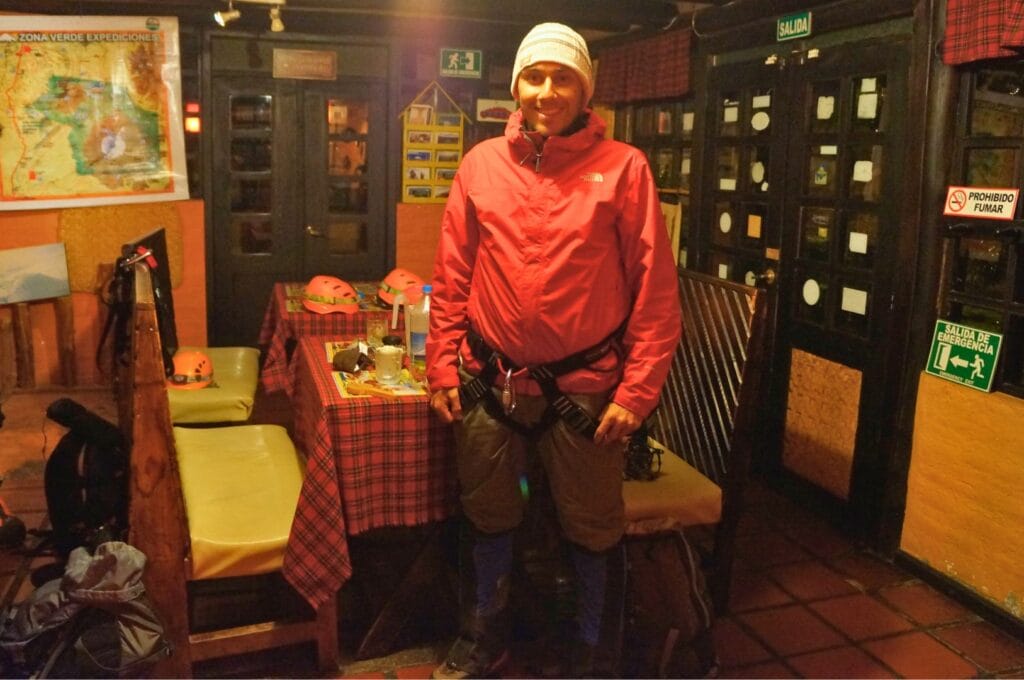
First day on the slopes of Cotopaxi
In the afternoon, we head to Laguna de Limpiopungo (3800 meters altitude) located right at the foot of Cotopaxi. The view of the volcanic monster is supposed to be superb there, thanks to its reflection in the water. It’s also an opportunity for us to get a first impression of what awaits us! Unfortunately, the weather is rather overcast, and we can’t see the summit of Cotopaxi. We go around the lake and take some photos. As it is June, there are flowers of all colors popping up everywhere! We can only imagine the incredible view we would have if Coto were clear. I must admit I’m a little worried about the weather, but as it changes very quickly in the area, I try to stay positive.
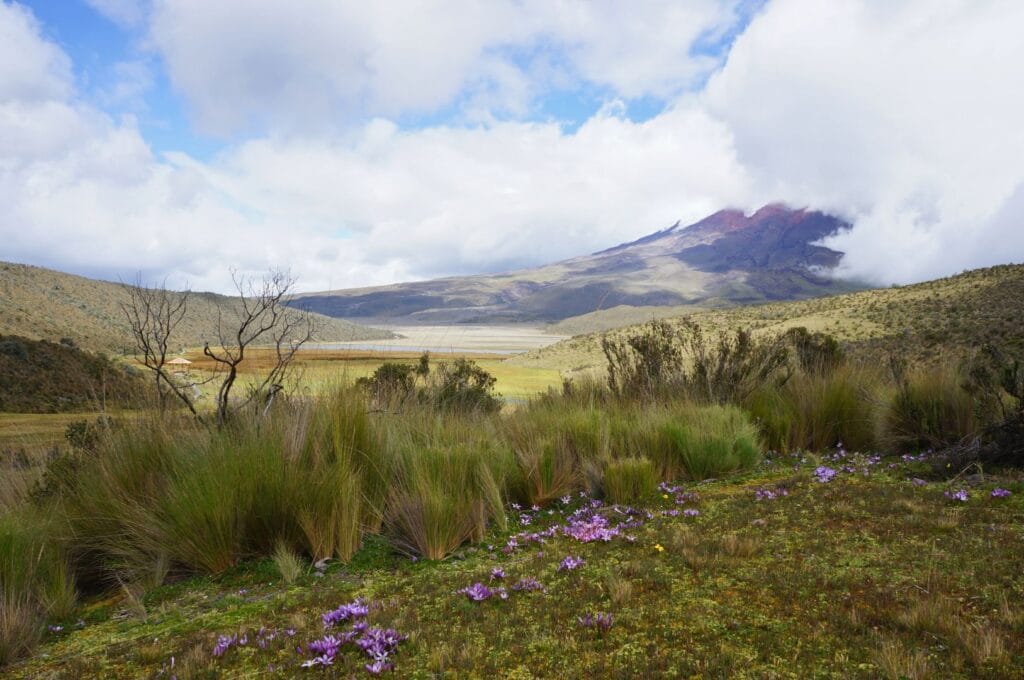
We then return to the hotel for dinner and bedtime. It’s 6 p.m., but since the alarm is set for 9 p.m., it’s better to rest. I struggle to find sleep; deep down, I hope everything will go well because, in the mountains, anything can happen!
Day 2 of the trek: nocturnal ascent of Cotopaxi volcano
At 9:30 p.m., I woke up suddenly! I had finally fallen asleep, and no one had thought of setting an alarm… The guides hurry us because we are already 30 minutes behind schedule. We quickly eat a sandwich and equip ourselves conscientiously. I have a little trouble understanding what the guides are telling me in Spanish because I’m still half asleep. It’s 10:30 p.m. when we embark on the 4×4 towards Cotopaxi.
After an hour’s drive in the night and fog, we finally arrived at the parking lot at 4580 meters altitude. As I mentioned earlier, the refuge was under renovation at the time, which forced us to start the ascent from the parking lot. It’s not ideal because the ascent is already challenging enough. The wind is already blowing very hard, and it must be around 11:30 p.m. when we set off.
A smooth start
We start at a rather slow and steady pace. I think that if we continue like this, I won’t have any problems reaching the summit. How naive! A group of two people with two guides overtakes us before the refuge. We greet each other, hoping that the weather will improve because the wind is already blowing quite violently. After a little over an hour of walking, we reach the refuge at 4850 meters, where we take our first break. We are quite confident: no one has a problem with altitude, and the weather is starting to clear up a bit.
We set off again towards the glacier at 5000 meters altitude. It will take us barely half an hour to reach it.
Crampons and ropes are out
We stop out of the wind to put on our crampons and rope up. That’s when the fun begins, I would say! I am roped up with my Danish friend, and we take the lead. The slope is really steep, and the altitude begins to be felt. I’m less cocky now! I try to breathe well and walk regularly, but I feel like I don’t have enough energy in my legs. It’s an unfamiliar feeling for me; it seems like my legs are struggling to carry me. Anyway, hello lack of oxygen! After a good two hours of climbing, we can take a break out of the wind.
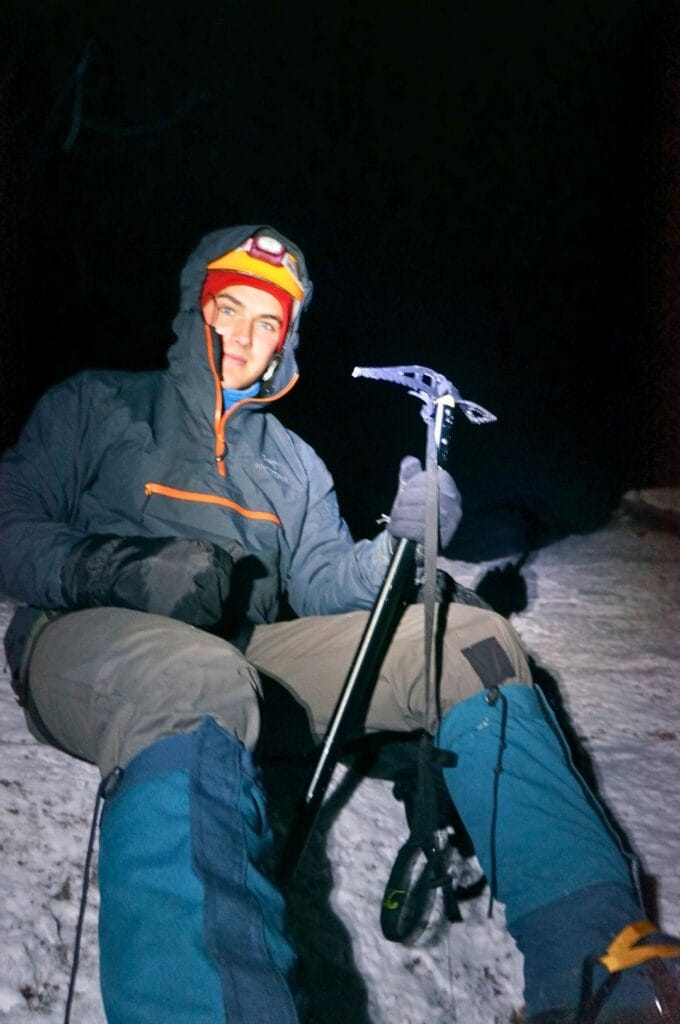
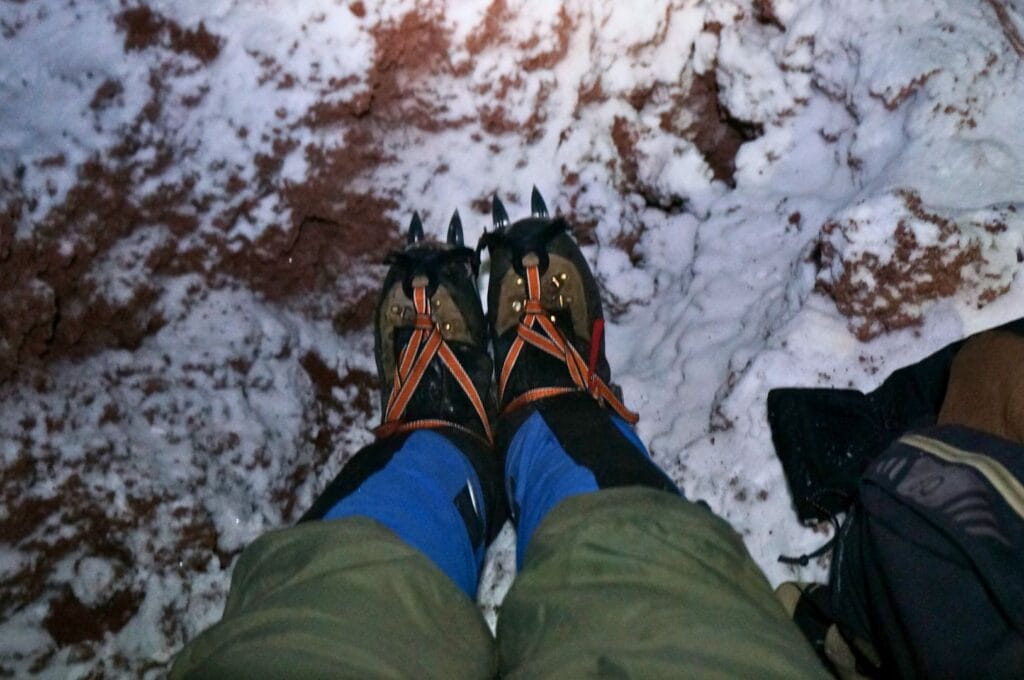
I make an effort to eat and drink a little, but I lack appetite at this altitude. We must have been at 5300-5400 meters. I have a slight headache, but nothing insurmountable. I check on my expedition companions. My Belgian friend seems to be in good shape, while the 20-year-old Dane, despite being the fittest among us, seems to suffer a bit more from the altitude. Nevertheless, this break did us good, and we set off again with confidence. Especially since the weather still seems more or less clear.
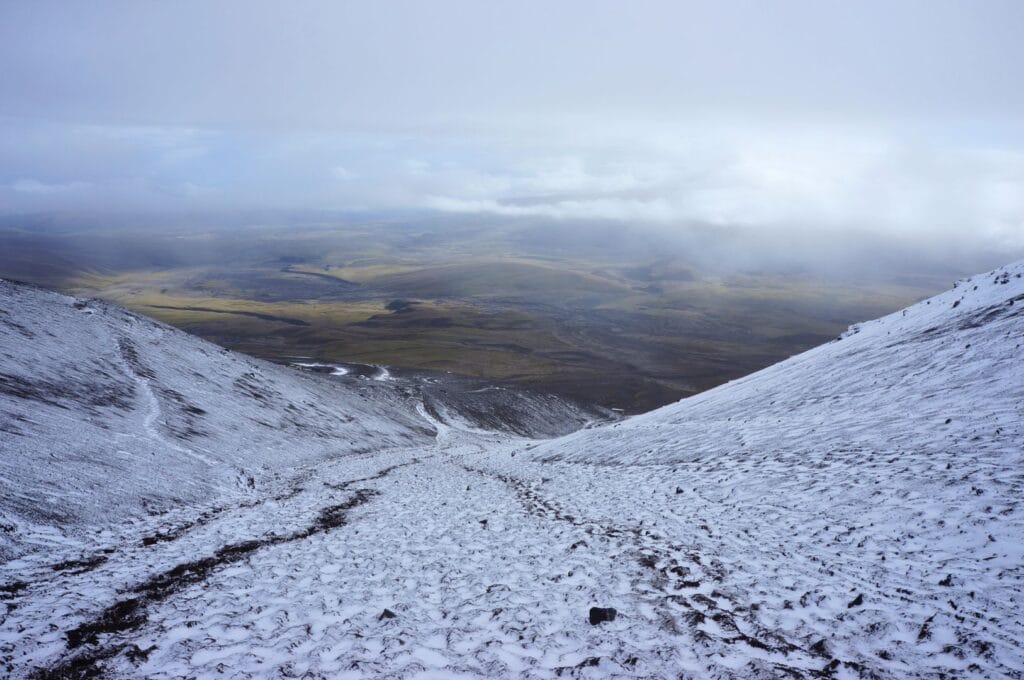
The weather is acting up
But that was misunderstanding the weather in the area! Barely 30 minutes later, the wind starts blowing violently, and it starts snowing heavily. Nevertheless, we continue, but I draw on my reserves to keep my balance in the face of the violent gusts that destabilize us. Sensing that the effort is becoming difficult, our guides warn us that we must save energy for the descent and that if the effort becomes too intense, it is better to turn back. In my head, I remember Fabienne’s words (who was a bit worried before I left):
Be careful, Ben, especially on the way down… Most accidents happen on the descent due to fatigue!
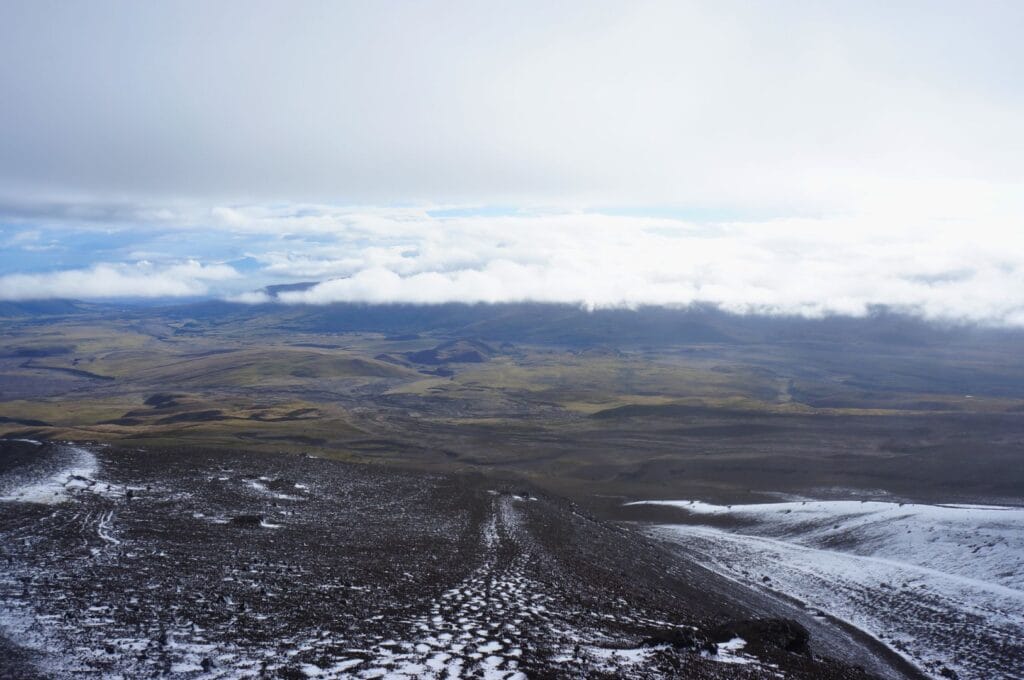
First abandonment in our group
We take another break out of the wind, at about 5600 meters. It’s better not to stay too long immobile in this freezing cold. Again, I force myself to eat and drink a little, but it’s not easy. On the other hand, bad news from our Danish friend. His headaches have intensified, and he decides to go back down with a guide. He probably made a wise decision. However, the guide who descends warns us that if the weather conditions do not improve, we will have to turn back for our safety. With my Belgian companion, we commit to respecting the decision of the guide accompanying us.
So, we continue to climb. Each step becomes difficult with the altitude and the capricious weather. I wonder if it would be wiser to go down. For now, I just follow the guide, concentrating on each step.
The decision to turn back
We feared it, but the guide decided to turn back for our safety. We are at 5700 meters altitude, less than 200 meters in altitude from the goal! I am obviously disappointed but relieved at the same time by this decision. In retrospect, it was probably the best thing to do. The effort required to reach the summit with this weather would have been enormous, and we probably wouldn’t have seen anything at all from the top of Cotopaxi. And I don’t know about you, but for the view, that’s why I attempt such things! Moreover, going down, I realized that the guides didn’t lie to us: it’s better to have a bit of energy in reserve for the descent, especially with this wind. Once again, I remembered Fabienne’s wise words, and I paid extra attention to avoid a stupid accident.
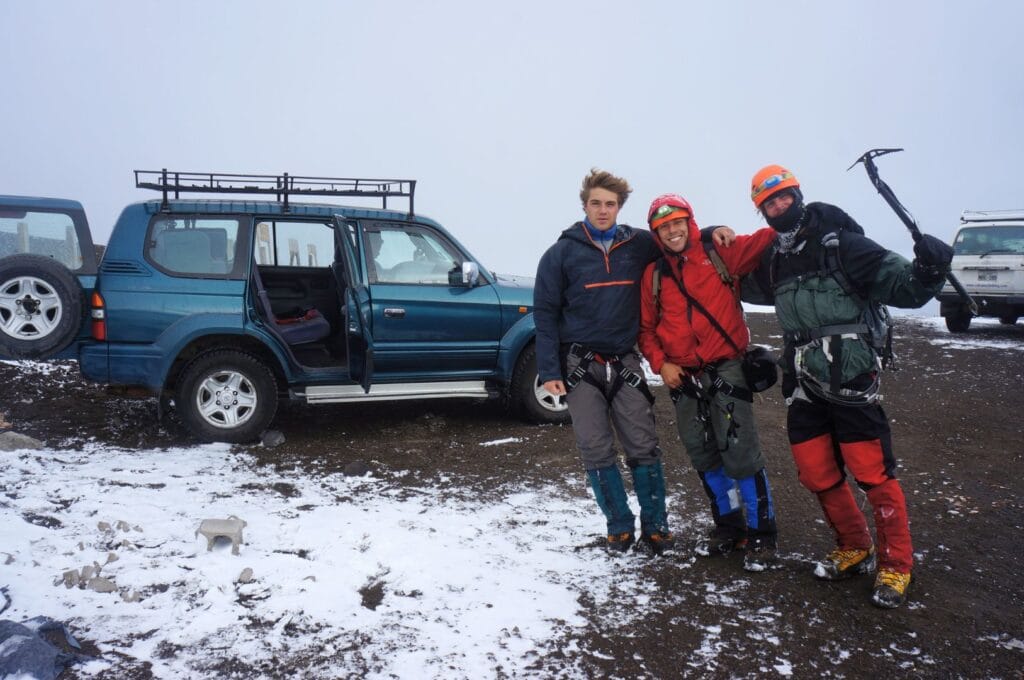
Return to Cotopaxi National Park and the end of the adventure
Once we descended to the park in a good two hours, we found ourselves below the storm again. Coto is still invisible, hidden by thick clouds. We took the opportunity to take some souvenir photos with the guides (I hadn’t taken out the camera much until then). Then, we left the national park. It was a magnificent experience for the three of us, and it became clear that in high mountains, having good physical condition alone is not enough to reach the summit; you also need a bit of luck with the weather! We departed with great respect for the high mountains and Cotopaxi, which did not let itself be conquered this time. Perhaps another day!
We then returned to the city of Quito, where the sun shone as if to taunt us…
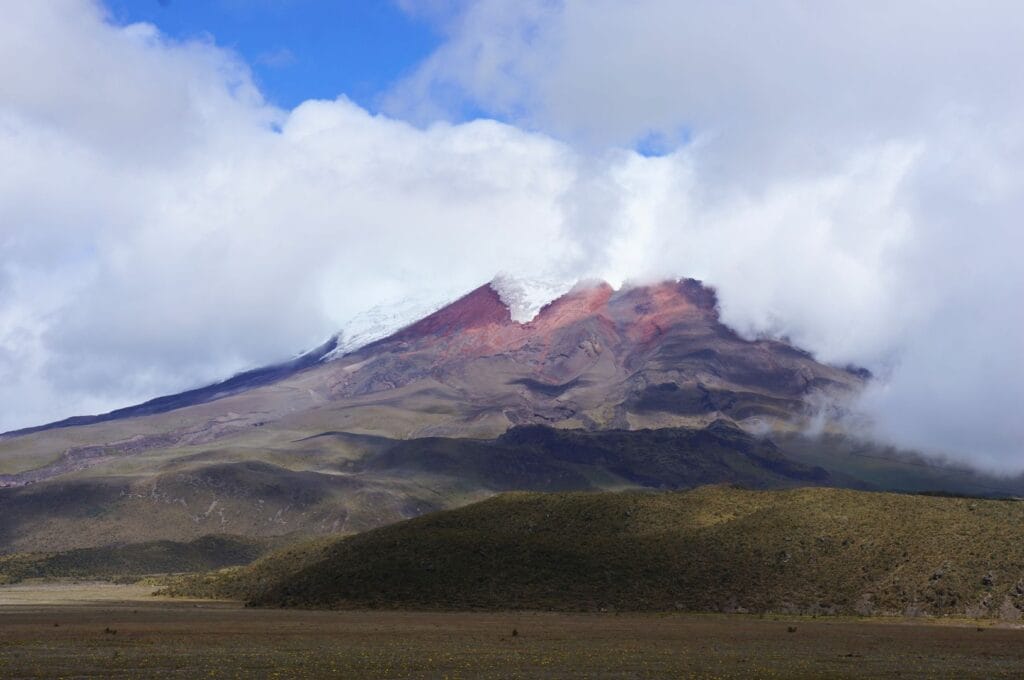
Tips for climbing Cotopaxi
- If you are offered less than one guide for two people, refuse because it is prohibited. Additionally, I recommend having at least 2 guides in your group. This way, if someone feels unwell during the ascent (and it often happens, believe me), they can descend with one guide, and you can continue with the other.
- Check the gear given to you and insist until you receive equipment that suits you perfectly. There is nothing worse than being in the cold for 6 hours with bad shoes or pants! Bring warm clothes whether you are climbing or not; it is not really warm in the national park!
- Don’t forget to have food rich in energy with you. You probably won’t feel like eating during the ascent, so it’s better that what you ingest gives you energy! Drink a lot at high altitudes to avoid altitude sickness, which almost claimed a Brazilian during the Santa Cruz trek in Peru!
- Do some treks that are a bit lower and less difficult before tackling Cotopaxi to acclimatize. After spending 2 months in Quito at 2800 m and doing some walks between 4000 and 5000 m, I didn’t feel too bad. Find all our tips on acute mountain sickness here.
There you have it, you know everything about the ascent of Cotopaxi! If you have any questions, leave us a comment! On our side, we continue our journey in Ecuador with another sports activity: the Quilotoa Loop trek!
Pin it

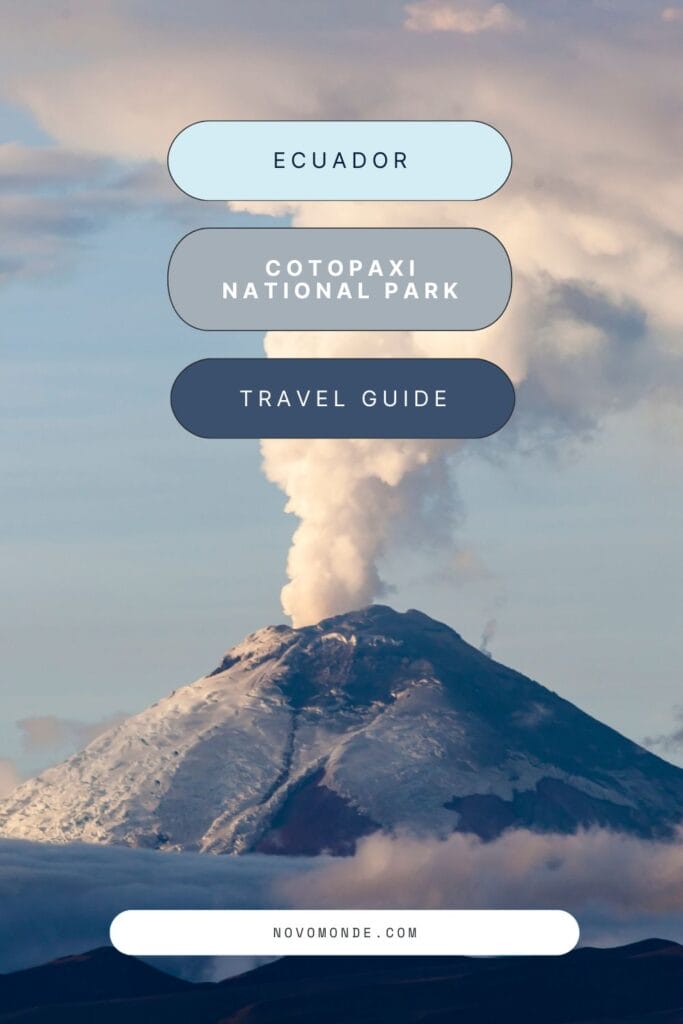
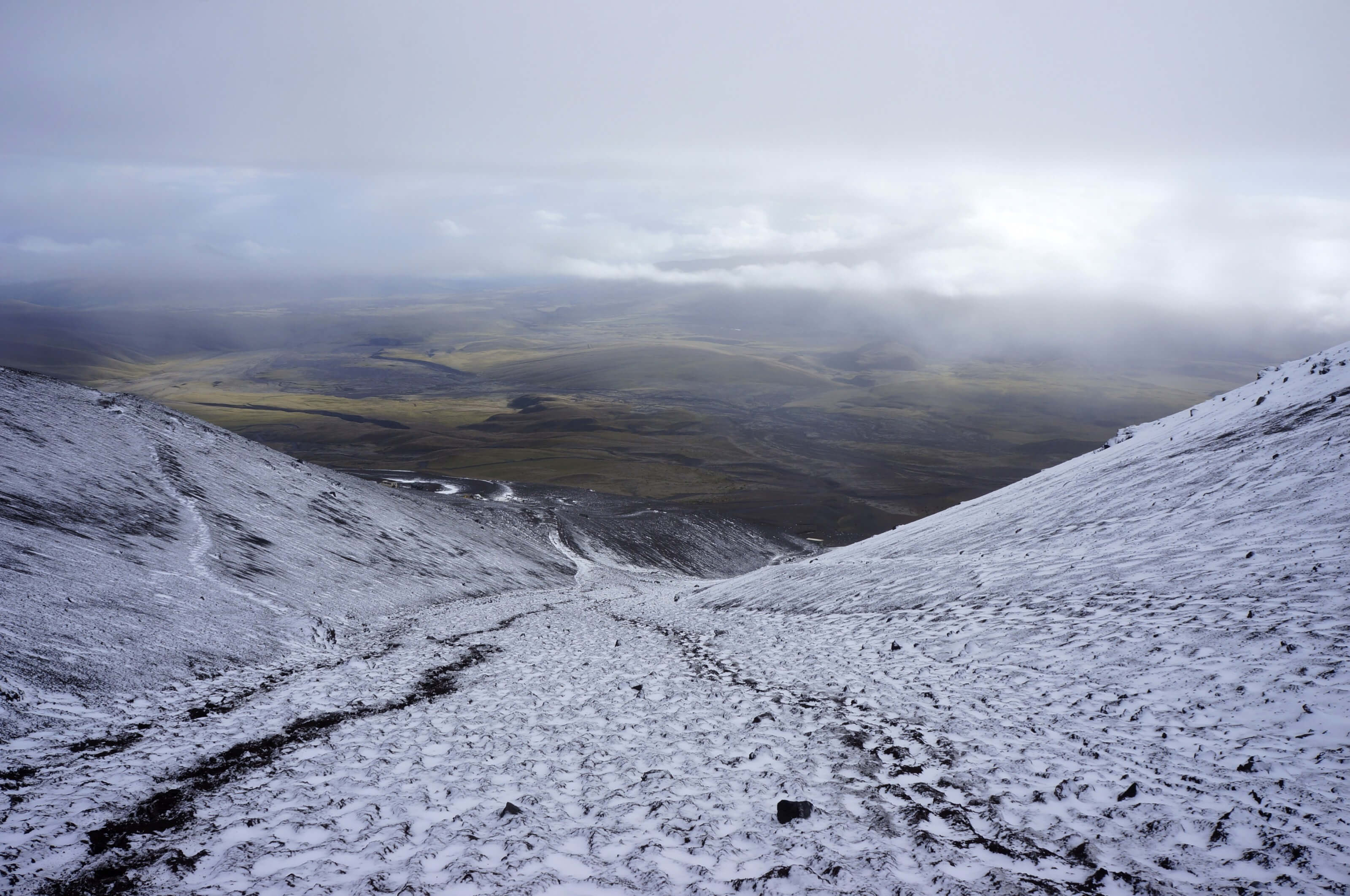
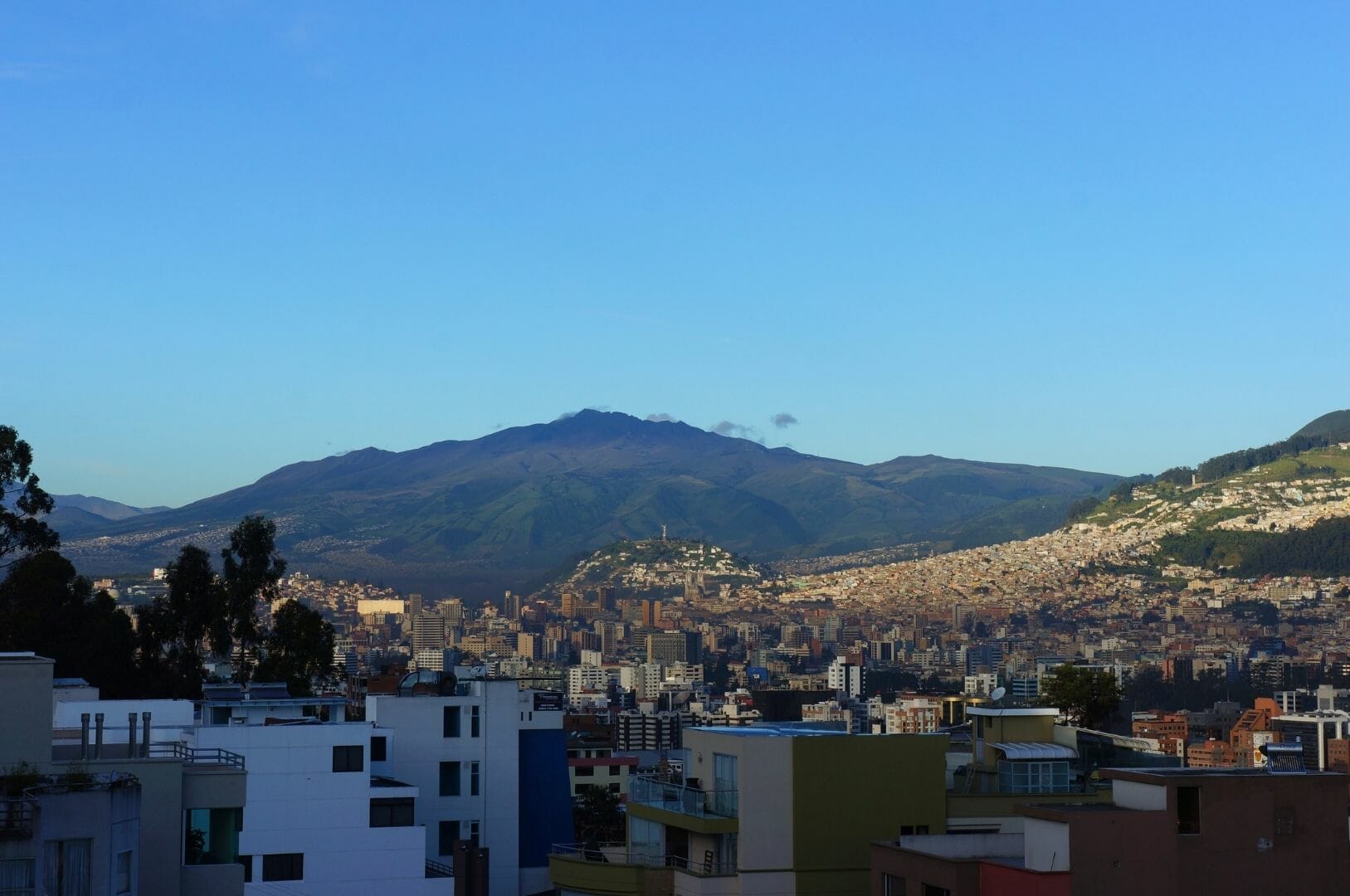
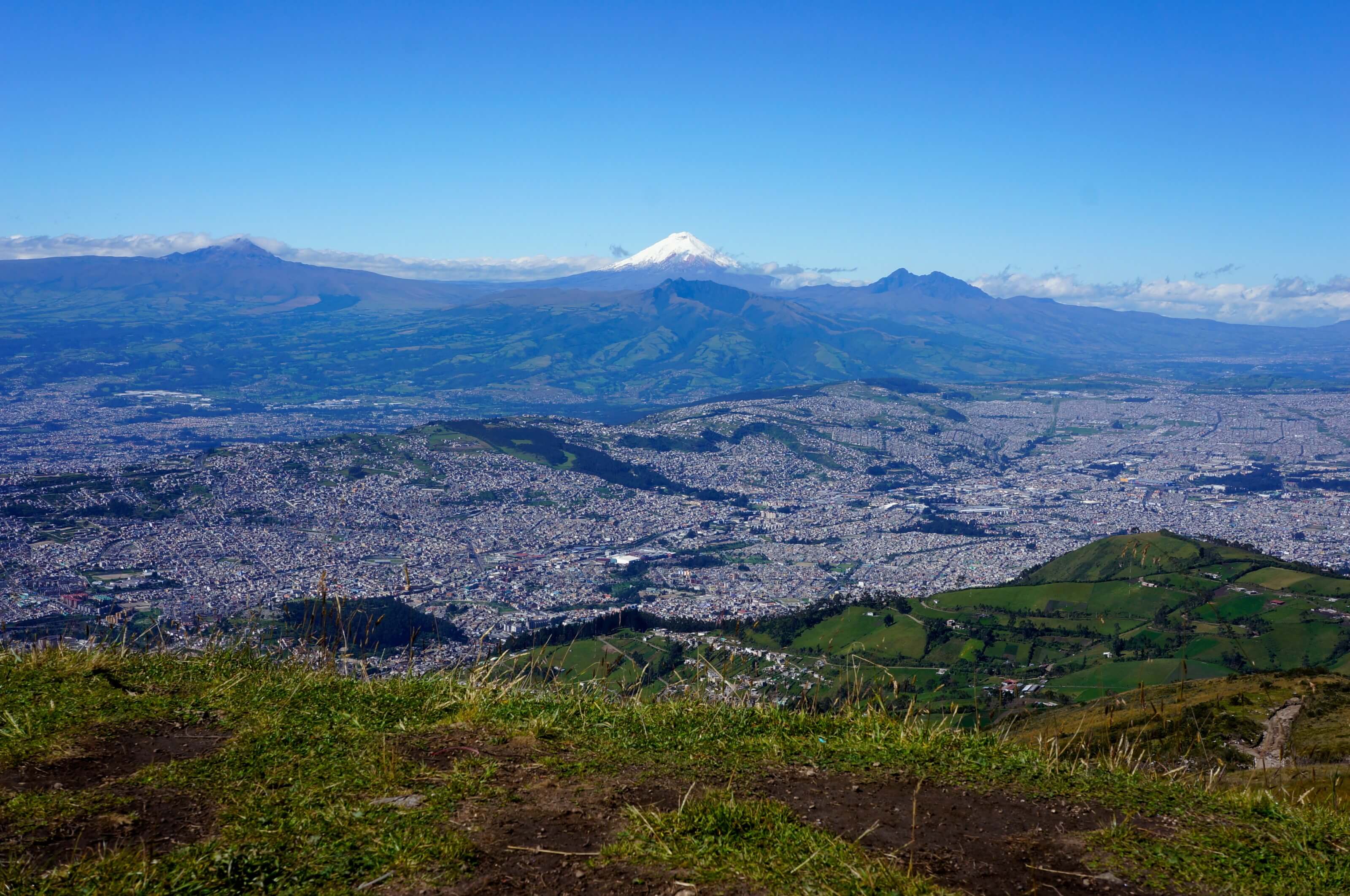
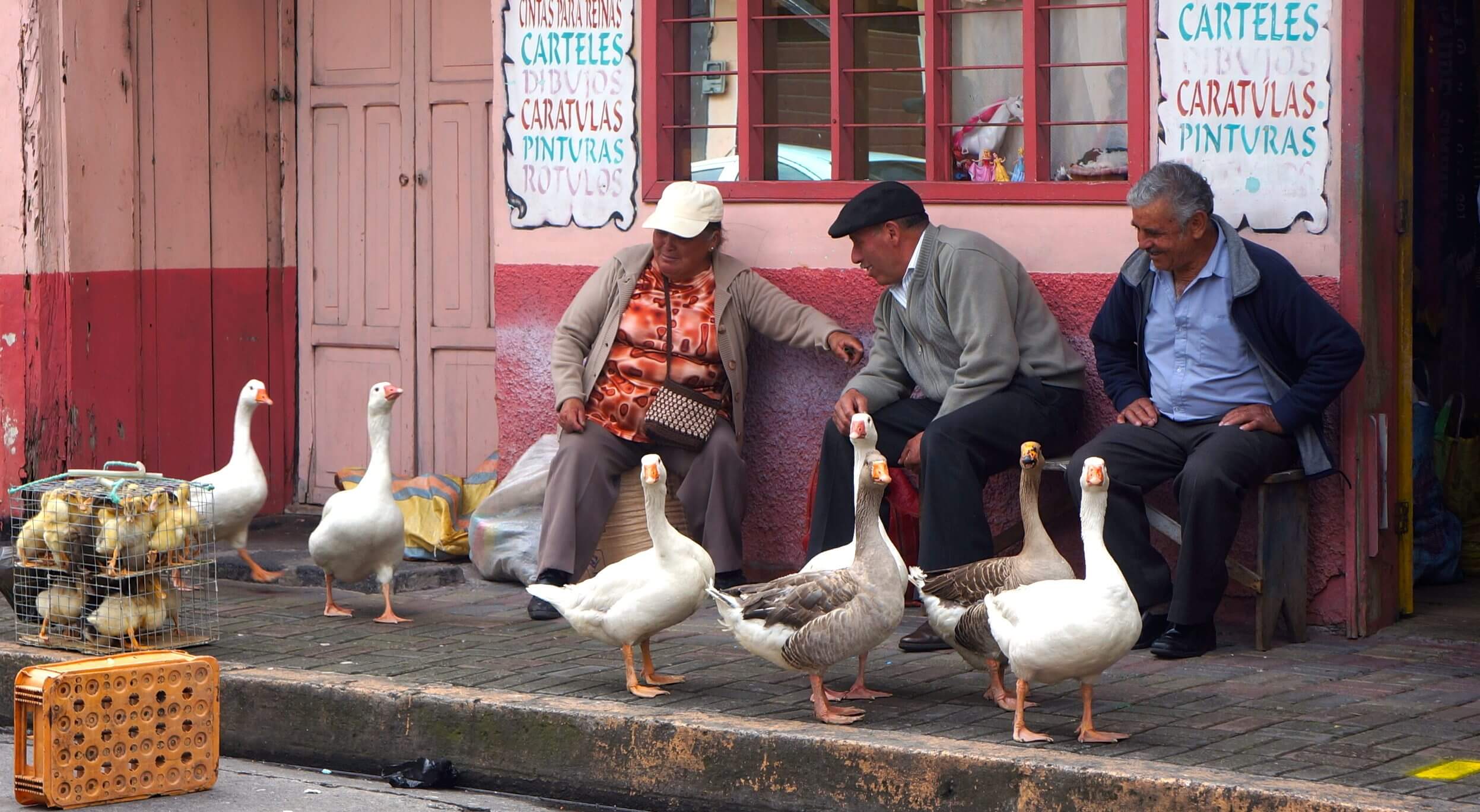
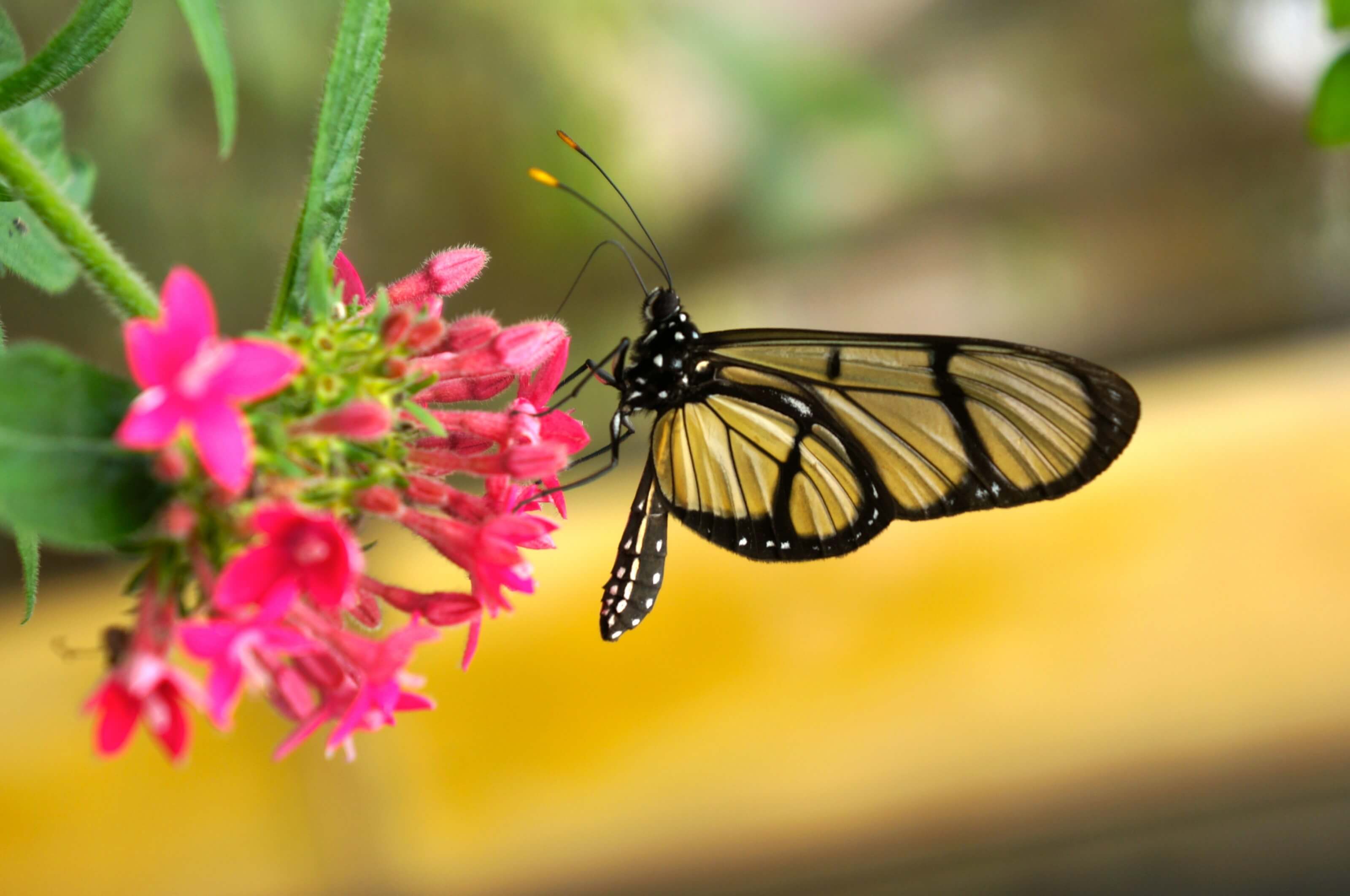
Hi!
Awesome post, it’s really helpfull
Do you guys still know what travel agency you did it with? Or which one would you guys recomend?
Thanks!